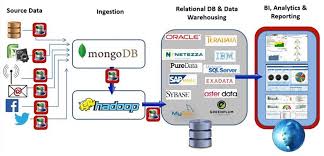Education
Reflecting their student populations, universities have long been bastions of oodles of consumer technology. We are awash in mobile phones, laptops, tablets, gaming consoles, and the like. If one combines mobile consumer technology with Big Data analytics, one gets a host of new possibilities ranging from new ways of providing students with basic support to new ways of getting students to learn what the faculty needs them to learn. If we can get the right information flowing through the minds of students, perhaps we can improve their success. We can potentially help transform the classroom from the 19th century to the 21st. The byproducts of all this data are the new insights that can drive decision making in new ways. When one adds into the mix advanced data visualization capabilities, one gets something different for university administrators and faculty: better and approachable insight into university operations and even the minds of the students. Higher education is at the cusp of gathering an unprecedented amount of information using affordable tools and techniques. The possibilities are numerous and succinctly expressed in the following statement:Sample Architecture

